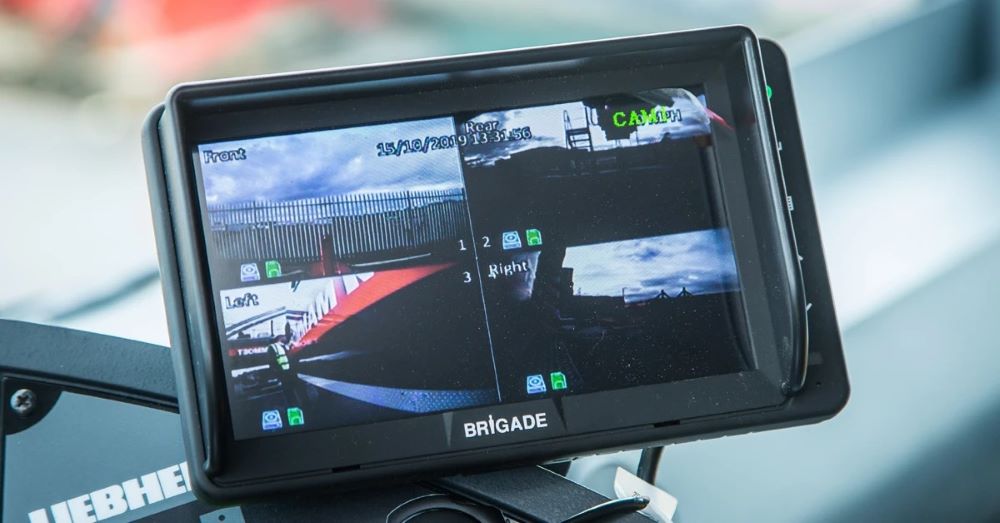Updated April 15th 2025, 17:22 IST Over the years, this payment interface has become the backbone of India’s digital payments ecosystem. In a continued push to reduce reliance on cash, the National Payments Corporation of India (NPCI) is aiming to bring 300 million additional users into the fold of its Unified Payments Interface (UPI). This effort, intended to "break the cash memory" of Indian consumers, reflects the larger goal of making digital payments a default mode of transaction across the country.
Launched in 2016 by NPCI, UPI is a real-time payment system that enables instant fund transfers between bank accounts through a single mobile platform. Over the years, it has become the backbone of India’s digital payments ecosystem. Dilip Asbe, MD and CEO of NPCI, recently revealed plans to expand UPI's reach by introducing delegated accounts for groups typically excluded from formal financial systems, such as children and domestic workers.

This initiative is expected to further boost financial inclusion in underserved segments. Also Read: UPI Growth Hits New Peak: Who’s Winning The Race Of Digital Payments And What’s Driving | Republic World A recent report by PwC underscores India's growing dominance in the digital payments space, with the country now accounting for approximately 46% of global digital transactions. This comes on the back of a 90-fold increase in retail digital payments over the past 12 years.
UPI’s Record-Breaking Run March 2025 saw UPI achieve new highs, clocking 19.78 billion transactions worth Rs 24.77 trillion — a 13% increase in value and a 14% rise in volume over February.
For FY25, UPI handled Rs 260.56 trillion in transaction value, up 30% from the previous fiscal, while the number of transactions surged 42% to 185.85 billion.
Taking UPI Global Building on this momentum, India is actively working to promote UPI internationally. In collaboration with the RBI and Indian embassies, agreements have already been signed with countries like Singapore and the UAE. Future plans include enabling cross-border payments for services such as education.
In 2024 alone, the Indian diaspora remitted nearly $129 billion to India via UPI. Sustainability in Focus Despite UPI’s widespread success, questions remain about the sustainability of its zero-fee model. At the center of the debate is the Merchant Discount Rate (MDR) — a fee traditionally charged to merchants for processing digital transactions.
With concerns over long-term viability, NPCI is in discussions with the government and RBI to consider implementing a nominal fee for large-scale merchants to support the ecosystem’s financial health. Published April 15th 2025, 17:22 IST.
Business

India’s UPI Revolution: Racing Toward 300 Million New Users and Global Domination

Over the years, this payment interface has become the backbone of India’s digital payments ecosystem.














